It must be “gym ownership week” on TG.com this week.
Yesterday’s post on the effect social media has on the perception of gym ownership – everything is seen through rose colored glasses – was a huge hit.
Today I have guest post by another gym owner, Doug Spurling of Spurling Fitness located in Kennebunk, ME, discussing how to best build a team to help your business thrive.
Doug’s done an amazing job building a successful fitness business and he’s someone I respect a ton. Read what he has to say. He’s smart.
NOTE: Next month I’ll speaking alongside Doug (along with his staff, and my wife, Dr. Lisa Lewis) at the Spurling Spring Seminar. It’s going to be a great event and tonight (3/14) at midnight is your last chance to take advantage of the early bird registration of $50 off.

6 Lessons On Building a Team
Hang out in sweats all day long…
Listen to cool music all day long…
Talk shop and change peoples lives…
Life of a gym owner, right?
That’s part of it.
But they don’t tell you about the “other” stuff.
Getting good at marketing, financial statement analysis, strategic planning, holding good meetings, putting out fires, and that you’ll never be able to actually shut it “off.
I’m sure the list could go on and on, but today I want to focus on one particular aspect that I don’t think we spend enough time on as an industry.
HUMAN RESOURCES.
More leads, more clients, and more growth usually means….
More team members.
They are our biggest asset, but can also be our biggest headaches if you don’t know how to lead them.
We thought we got into this business to train people, change some lives, and do it all hanging out in comfy gym clothes.
Now I’m telling you if you want long-term success you need to get really good at human resources.
Today I spend the majority of my time on human resources, team development, holding meetings, and making sure our margins are strong as I run a payroll that exceeds a half a million dollars a year.
I love it, but it’s not what I expected as a gym owner.
I now have seven families I am responsible for, only one of which is mine.
With six full-time team members, that means six people that look up to me, six people that count on me running a successful business so they can get a paycheck next week, six people who live their life mission through my business, and six people who support their families with my business.
Woah!
That’s a big responsibility when we think about it.
That being said, I’ve made some major mistakes as a leader, but I also feel that I have one of the strongest teams around.
Here are six lessons I’ve learned so far…
1. Hire for Personality, Train for Skill
I want driven, hard-working, value-focused people, I don’t really care if you can coach a squat.
I can’t train a smile, I can train you how to coach a squat.
We aim to hire people that fit our core values, and then have a strong onboarding system that teaches them the technical stuff like how to coach.
2. Have Clear Systems
We have a master folder called “The Spurling Way.”
Every process in our business is documented under that folder.
There’s no questioning how to do things.
We get feedback when we create a new process, but once it’s put into this folder the team has agreed that this is the way we do things.
We don’t want people that want to do it “their way.”
Follow the system.
Run the play.
3. Hold Good Meetings
I think good meetings are totally underutilized.
Every day we have a meeting.
It starts each day with a daily huddle-a quick 5-minute accountability meeting about what each team member is doing that day and what that needs help with.
We have a leadership meeting every Monday, a coaches meeting every Tuesday, individual meetings every Wednesday, and a team meeting every Thursday.
Now, notice above I said, “good meetings are underutilized.”
Read a book like “Death by Meeting” and learn how to hold good meetings.

They can be some of the most productive hours of the week, or if done wrong, they can be the biggest waste of time.
4. Balance Multiple Personalities
We can’t have a universal leadership approach.
Each team member is different.
How you talk to one team member is different than how you talk to another.
One may be motivated by public praise, one may want a small note left on their desk.
We use things like the DISC profiles and the 5 Languages of Appreciation to understand how each of us functions and how each of us gives and receives appreciation.
As your team continues to grow the possible communication flaws, the potential drama, and headaches can quickly multiply if you don’t stay on top of it.
Understanding each team member, what they value, how they tick, treating them as an individual, and not have a universal leadership approach is key.
5. Communication Is Key
Communication is not what’s said, but what is understood.
Nothing drives us crazier than when we tell someone something and they don’t do it or don’t follow through with it the way you wanted it to be done.
- Or you tell Coach A how to do something, they nod their head, and then don’t go it the way you taught them.
- Or you come in and hear the Coach A hates Coach B but isn’t doing anything about it.
- Or Coach A is annoyed because they feel they’re working so much harder than Coach B.
- Or Coach A is complaining about something but then isn’t doing anything about it.
I’m sure you can think of a million scenarios that cause you to pull your hair out as the leader.
However, as the leader, you have to take extreme ownership (good book, btw), and take charge of the situation.
Quite often if you hire good people (see number one), most situations come down to poor communication and/or assumptions.
- Someone makes an assumption that someone else took care of it.
- Someone makes an assumption that the person understood what they just told them.
We need to over-communicate with our team, never make assumptions, and make sure that we understand each personality (see number four) and how they like to receive communication.
6. Treat Them the Way You’d Want To Be Treated
Seriously.
Seems like common sense, but as they say, sometimes common sense is not so common.
I get a lot of questions on why I have an all full-time staff, all salaried, all fully benefited, have unlimited time off, and they all work a “normal” 40ish hour work week.
It’s the culture I’m trying to build.
I don’t want people that want to train “their clients.”
I don’t want people that are just here for a paycheck.
I want people that are going to devote their lives to our mission.
I want people that are here for more than just a job.
In order to do that, I need to treat them really well.
That means a good salary, a good schedule, good benefits, constant leadership, constant appreciation, and a constant pitch of why we’re doing this.
Is it easy?
No.
Most months I shed a few tears when the payroll gets withdrawn.
It’s my biggest expense, but I also know it’s my biggest ROI.
The most common message we get from client always comes back to something along the lines of…
“You have the most cohesive team I’ve ever met. You can tell they are here for the right reasons.”
It all comes back to driving the mission, communicating clearly, leading them, and treating them the way you want to be treated.
We all got into this business to change lives, and depending on what kind of impact you want to make, if you want to change the lives of hundreds of people, you’re going to need a team to support you in your mission.
Hope this helps.
Want More?
Next month Doug will be hosting the Spurling Spring Seminar in Kennebunk, ME alongside myself, my wife, Dr. Lisa Lewis, and the entire Spurling Fitness staff.
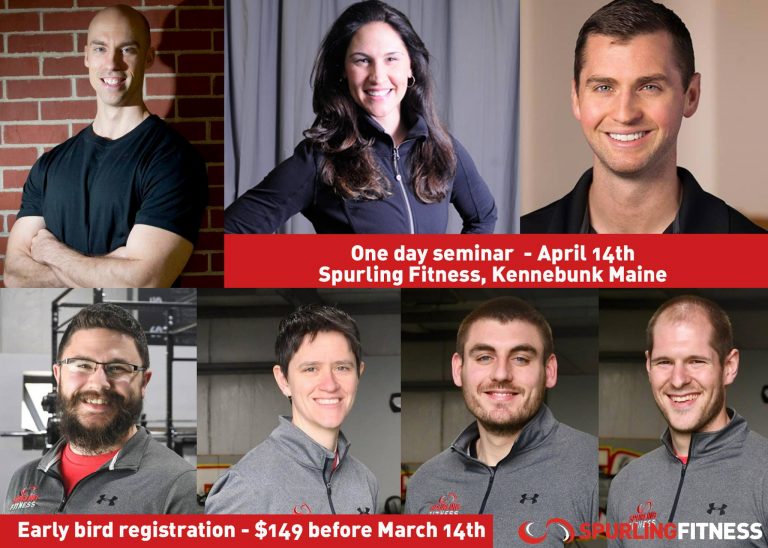
There aren’t many events outside Boston that cater to the fitness community, so this will be an awesome opportunity for any personal trainers, strength coaches, gym owners, or anyone interested in assessment, program design, business, and mindset skills to enjoy a day of learning.
You can read all the details HERE.
ALSO: If you register by TONIGHT (3/14) at midnight you can still take advantage of the early bird registration and save $50.


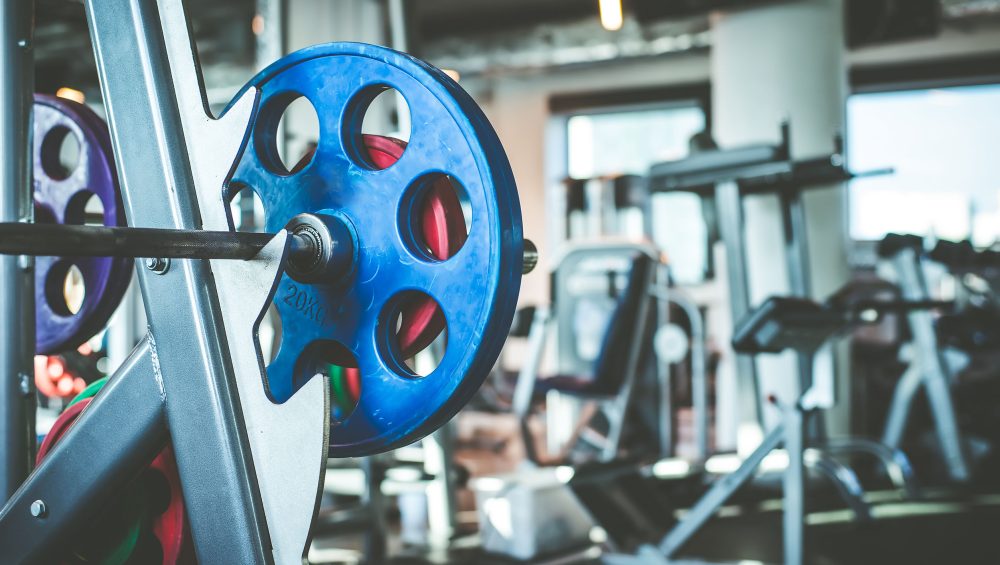
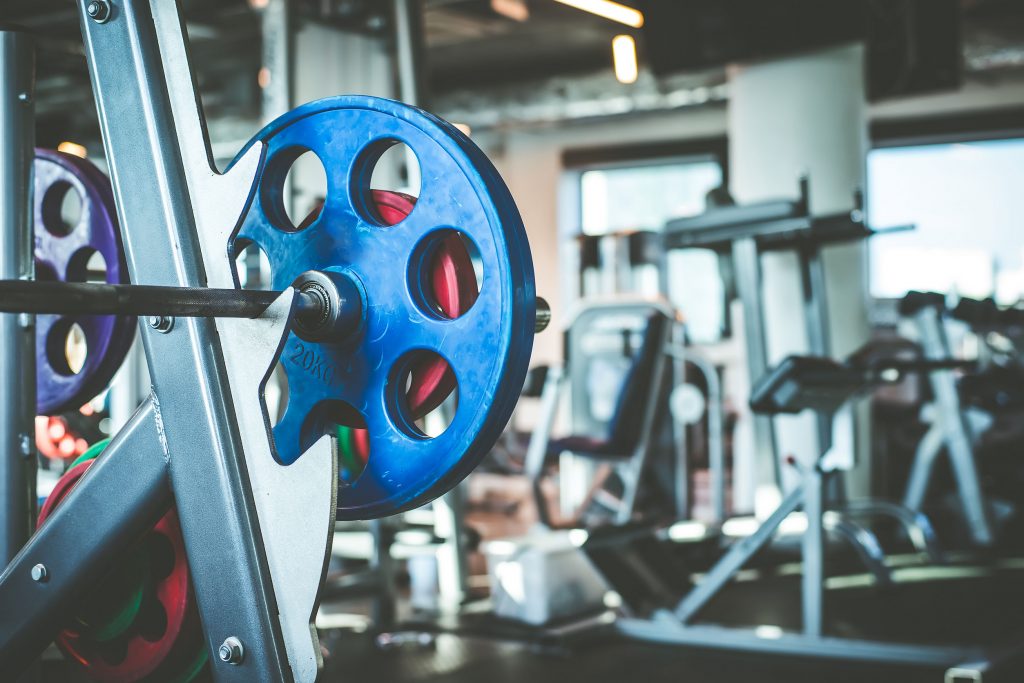
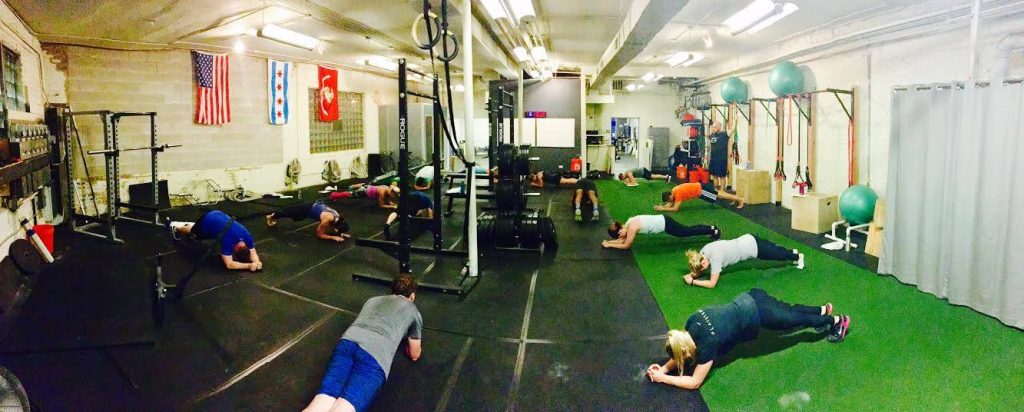



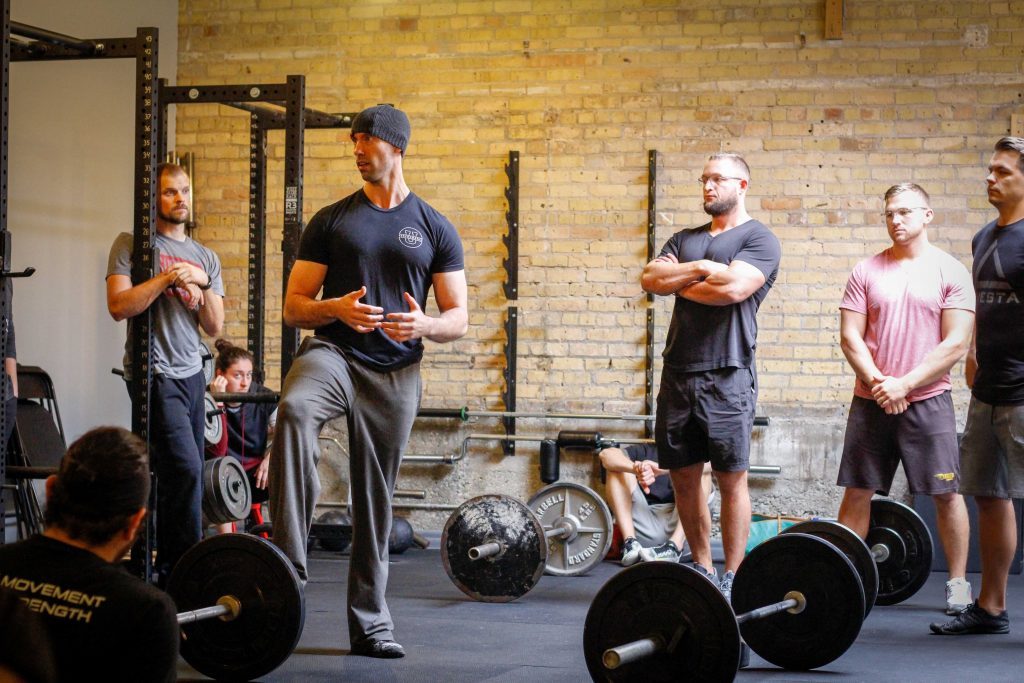
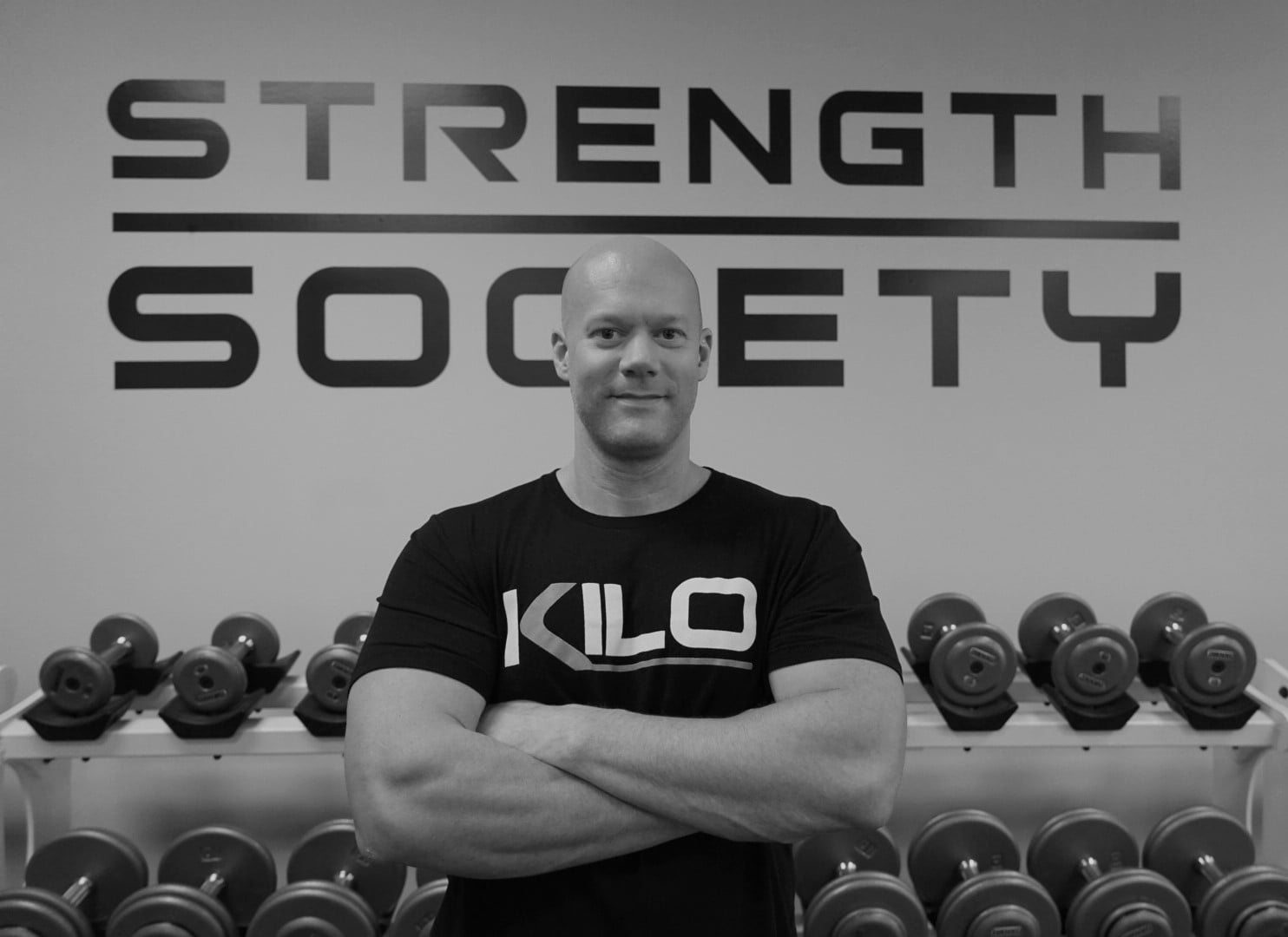
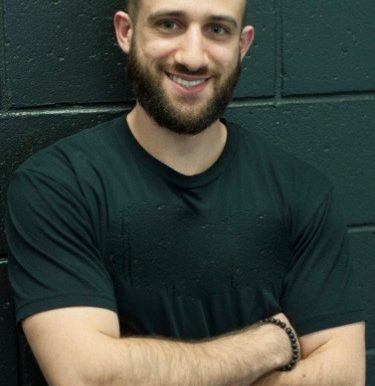


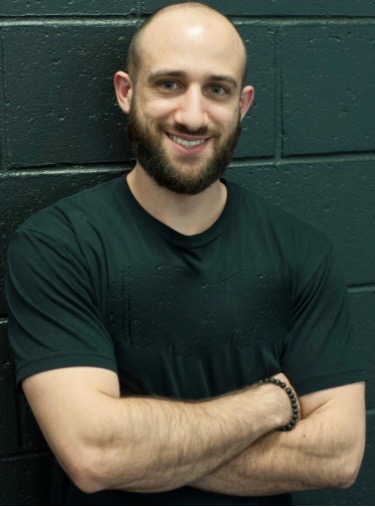 Mike Sirani is the Co-Owner of
Mike Sirani is the Co-Owner of 


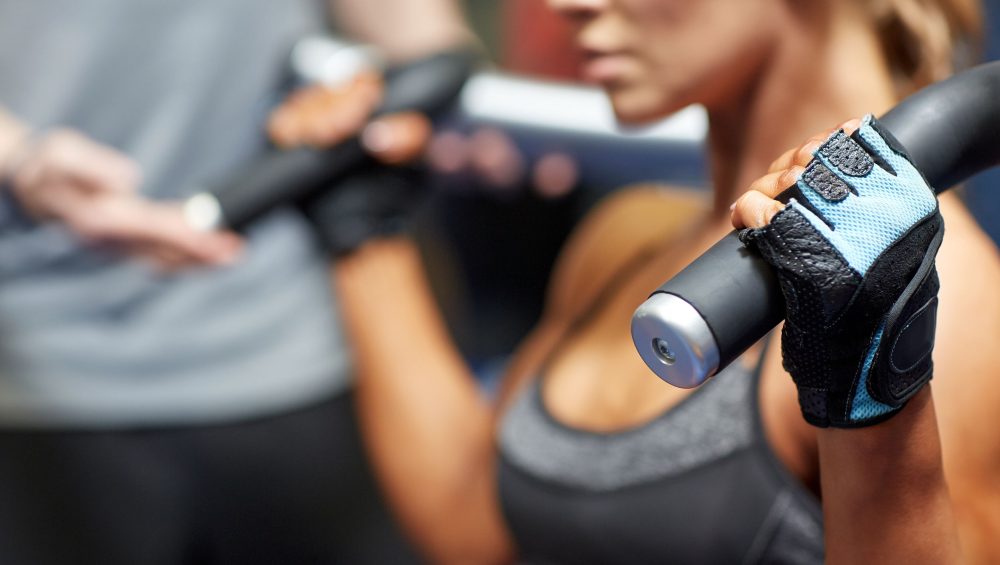
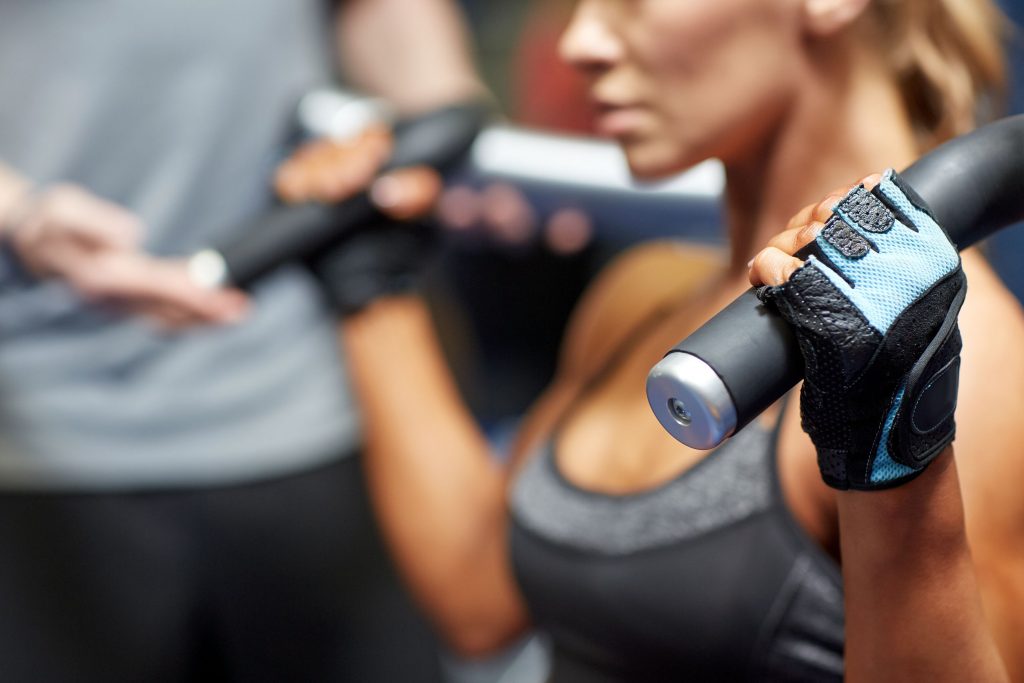
 blogger who has worked with athletes and non-athletes for over 5 years. She is currently a strength coach at JDyer Strength and Conditioning, and also runs her own technical soccer training business in Baltimore, MD.
blogger who has worked with athletes and non-athletes for over 5 years. She is currently a strength coach at JDyer Strength and Conditioning, and also runs her own technical soccer training business in Baltimore, MD.














